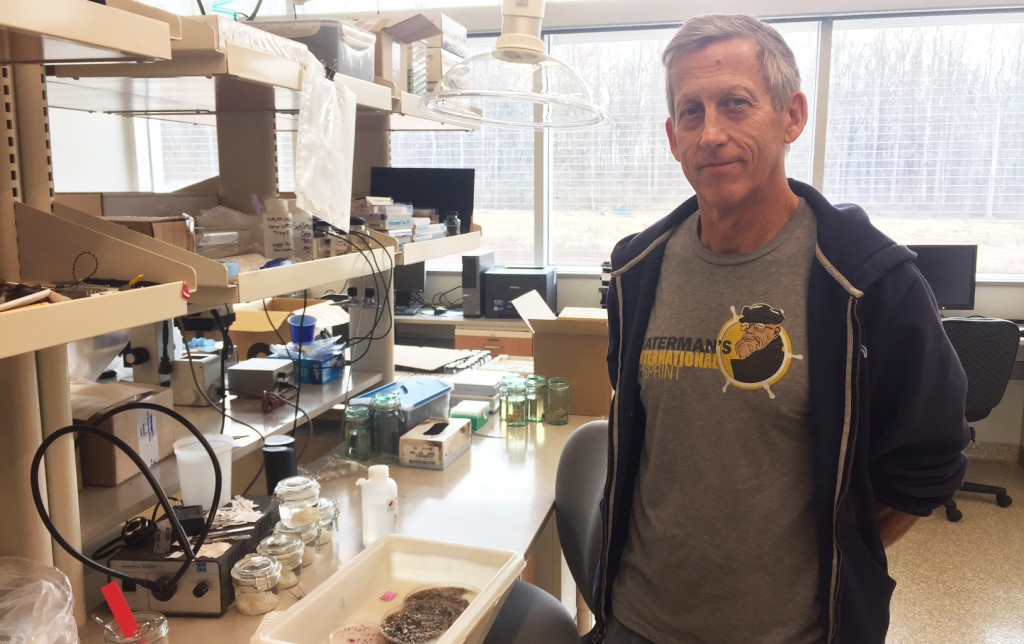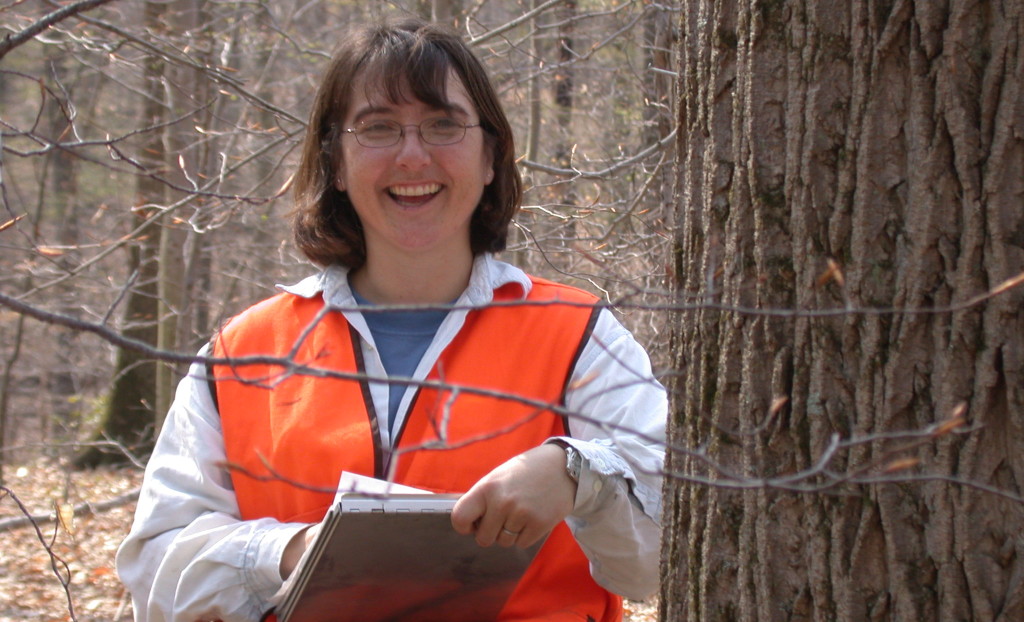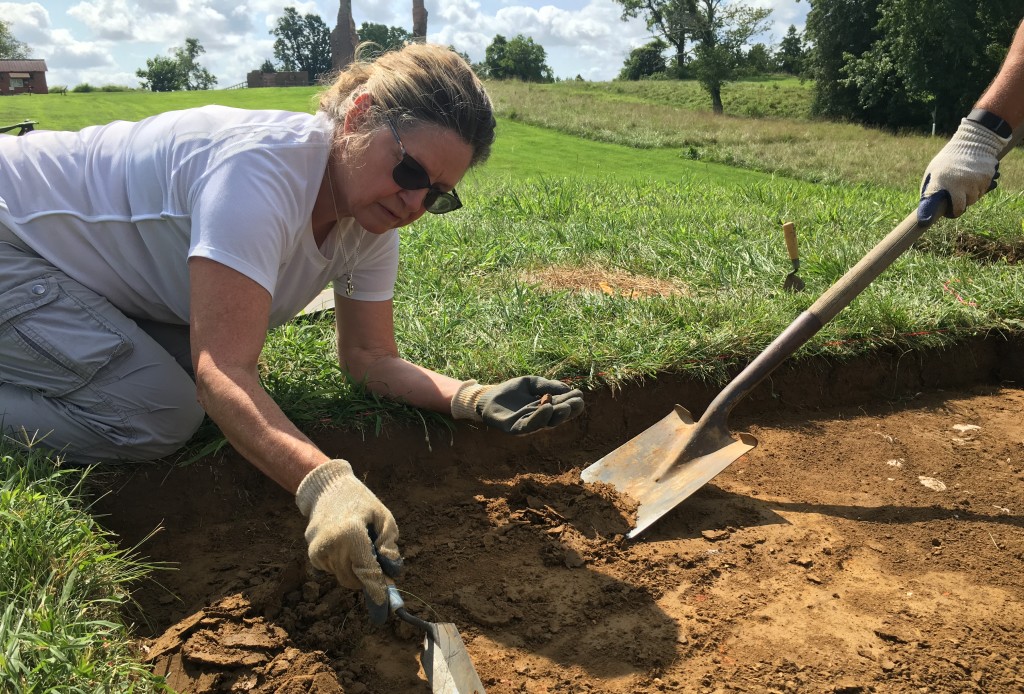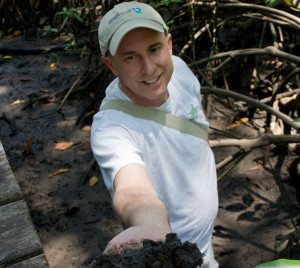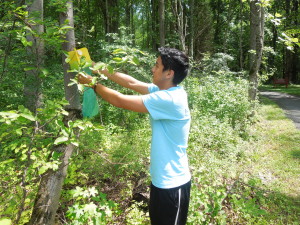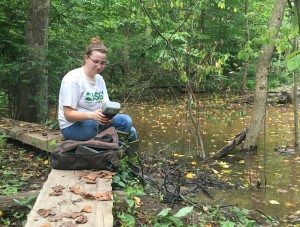by Joe Dawson, science writing intern
Looking at the Kirkpatrick Marsh on the Rhode River, a time machine is not the first thing that comes to mind. Tall grasses dominate the landscape, with vertical PVC pipes popping up here and there and octagon-shaped chambers rising out of the wetland every ten paces or so. Take a step off the walkway, and you might lose a shoe. But five experiments on the marsh are designed to take sections of the marsh into the 22nd Century, and the marsh has been dubbed the Global Change Research Wetland, or GCReW. The expertise that GCReW scientists have in simulating the future brought National Museum of Natural History scientists here to mirror the past.
Rich Barclay and Scott Wing are paleobotanists at the National Museum of Natural History. Paleobotanists are the ones who stare at leaves in Jurassic Park and say, “Alan, these plants haven’t been seen since the Cretaceous Period,” as everyone else stares at brachiosauruses. Ancient plants are their bread and butter, and for Wing and Barclay, the bread is toasted and the butter melty. They study one of the warmest periods in the last 100 million years, the Paleocene-Eocene Thermal Maximum (PETM). During this period, global temperatures skyrocketed, increasing by 10-15 degrees Fahrenheit. By looking at plants that grew during this time, they hope to learn more about what Earth was like 55 million years ago.
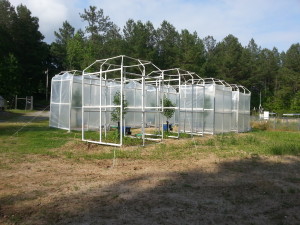
Large growth chambers being built around newly-planted ginkgo trees on the SERC campus (Credit: Rich Barclay)
Barclay, Wing, and colleagues have started another experiment on the Smithsonian Environmental Research Center’s (SERC) campus, in a forest a few miles down the road from the GCREW marsh. The project grows ginkgo trees in varying carbon dioxide levels. They hope to study these trees and compare them to fossil specimens to learn about the past. Click to continue »


